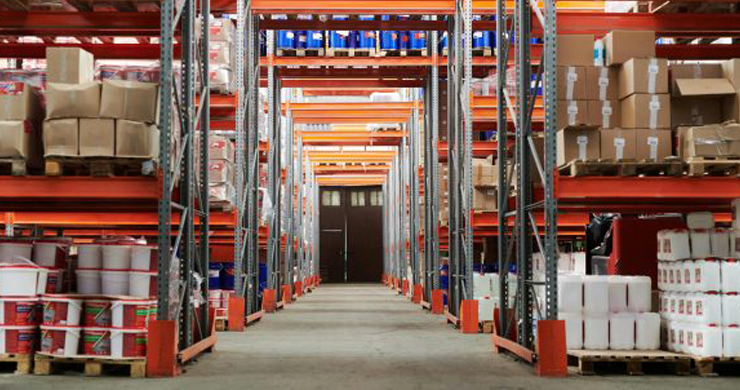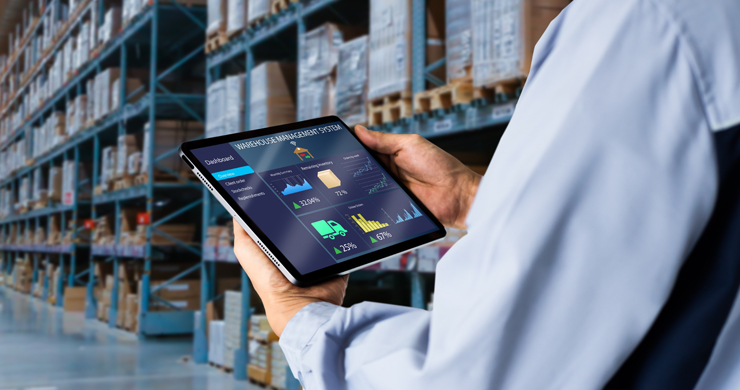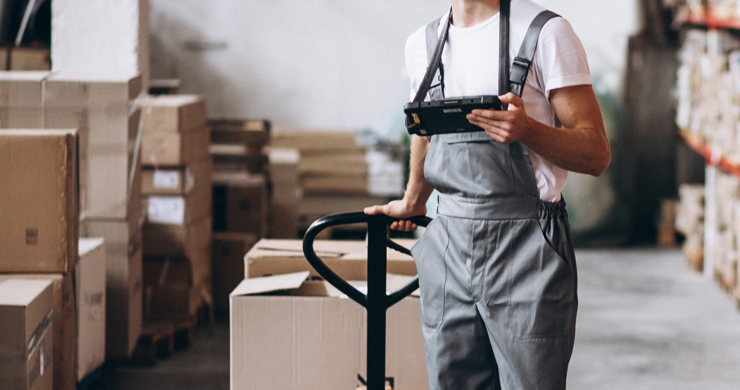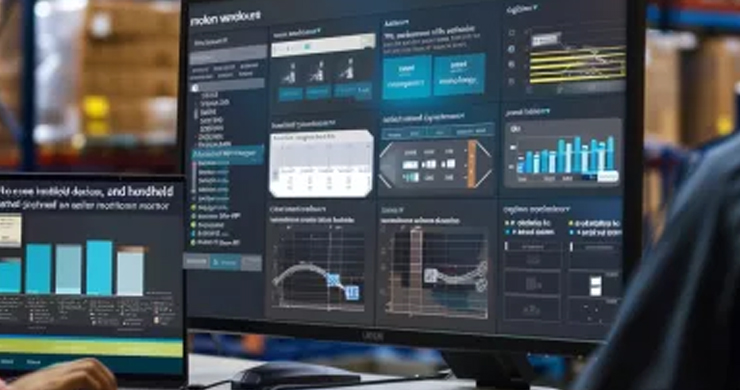Logistics and warehouse management are constantly evolving, driven by technological innovations and changing market expectations. In an increasingly competitive environment, companies are looking to adopt the latest trends to improve efficiency, reduce costs and better meet their customers’ needs. This article lists the latest trends in logistics and warehouse management, highlighting the innovations and emerging technologies that are transforming the industry.
Automation and robotics
Automation and robotics are revolutionizing the way warehouses operate, increasing efficiency and reducing the need for manual labor.
Automated solutions, such as automated storage and retrieval systems (AS/RS) and autonomous mobile robots (AMR), are enabling companies to manage their warehouses with unprecedented accuracy and speed. These systems not only speed up the picking and packing process, but also reduce human error and improve workplace safety.
Automation and robotics are setting new standards in warehouse management, enabling faster, more accurate and safer operations.
Internet of Things (IoT)
The Internet of Things (IoT) is connecting devices and systems within warehouses, providing real-time data that improves decision making.
IoT sensors can monitor warehouse conditions, such as temperature and humidity, and send alerts if parameters deviate from acceptable ranges. This is crucial for managing sensitive products, such as food and drugs. In addition, IoT devices can track the movement of goods and equipment within the warehouse, optimizing picking routes and reducing downtime.
A prime example is the use of RFID (Radio Frequency Identification) tags, which enable real-time tracking of inventory and assets. This technology facilitates greater visibility and control, reducing inventory loss and improving operational efficiency.
IoT is transforming warehouse management by providing real-time data and improving visibility and control over operations.
Artificial intelligence and data analysis
Artificial intelligence (AI) and data analytics are enabling smarter and more efficient warehouse planning and management.
AI can analyze large volumes of data to identify patterns and make accurate predictions about product demand, optimizing inventory levels and reducing the risk of stock-outs or overstocking. In addition, AI solutions can automate real-time decision making, improving operational efficiency.
Advanced data analytics enables companies to better understand their operations and make proactive adjustments. For example, predictive analytics can help plan warehouse capacity during peak demand, ensuring that resources are aligned with operational needs.
AI and data analytics are providing warehouses with a competitive advantage by enabling more efficient management and data-driven decision making.
Vertical storage and modular solutions
Vertical storage and modular solutions are optimizing the use of space in warehouses, enabling greater storage capacity in the same physical space.
Vertical racking and modular storage systems allow warehouses to make better use of available space, storing more products in smaller areas. These solutions are especially useful in urban environments where space is limited and costly.
Vertical storage solutions can be automated, enabling efficient inventory management and reducing the time required to access products. For example, mobile racking systems can be reconfigured according to changing warehouse needs, offering unprecedented flexibility.
Vertical storage and modular solutions are enabling warehouses to maximize capacity and adapt to changing market demands.
Sustainability and green logistics
Sustainability is becoming a key aspect of logistics and warehouse management, with a focus on reducing environmental impact.
Companies are adopting sustainable practices to reduce their carbon footprint and improve their corporate social responsibility. This includes using renewable energy, implementing recycling programs and optimizing transportation routes to reduce emissions.
In addition, warehouses are incorporating green technologies, such as LED lighting systems and electric vehicles, which are not only more sustainable, but also reduce operating costs in the long run.
One example is the use of recyclable and reusable packaging, which not only reduces waste, but can also generate significant savings in material costs.
Sustainability and green logistics are becoming essential factors for companies seeking not only to improve their operational efficiency, but also their environmental impact.
Conclusion
Current trends in logistics and warehouse management are transforming the industry, driven by automation, IoT, artificial intelligence, innovative warehousing and sustainable practices. Embracing these emerging technologies and approaches not only improves efficiency and productivity, but also positions companies to effectively meet future challenges. Implementing these trends will enable companies to remain competitive and respond to growing market demands in an agile and sustainable manner.
You may also be interested in…
From warehouse management to real-time logistics
The best moment to migrate to Microsoft Dynamics 365 for Finance and Supply Chain Management
InLOG participates in the conference “Save costs thanks to WMS and industrial warehouse management systems”
Integration of a WMS with other enterprise systems (ERP, CRM)





